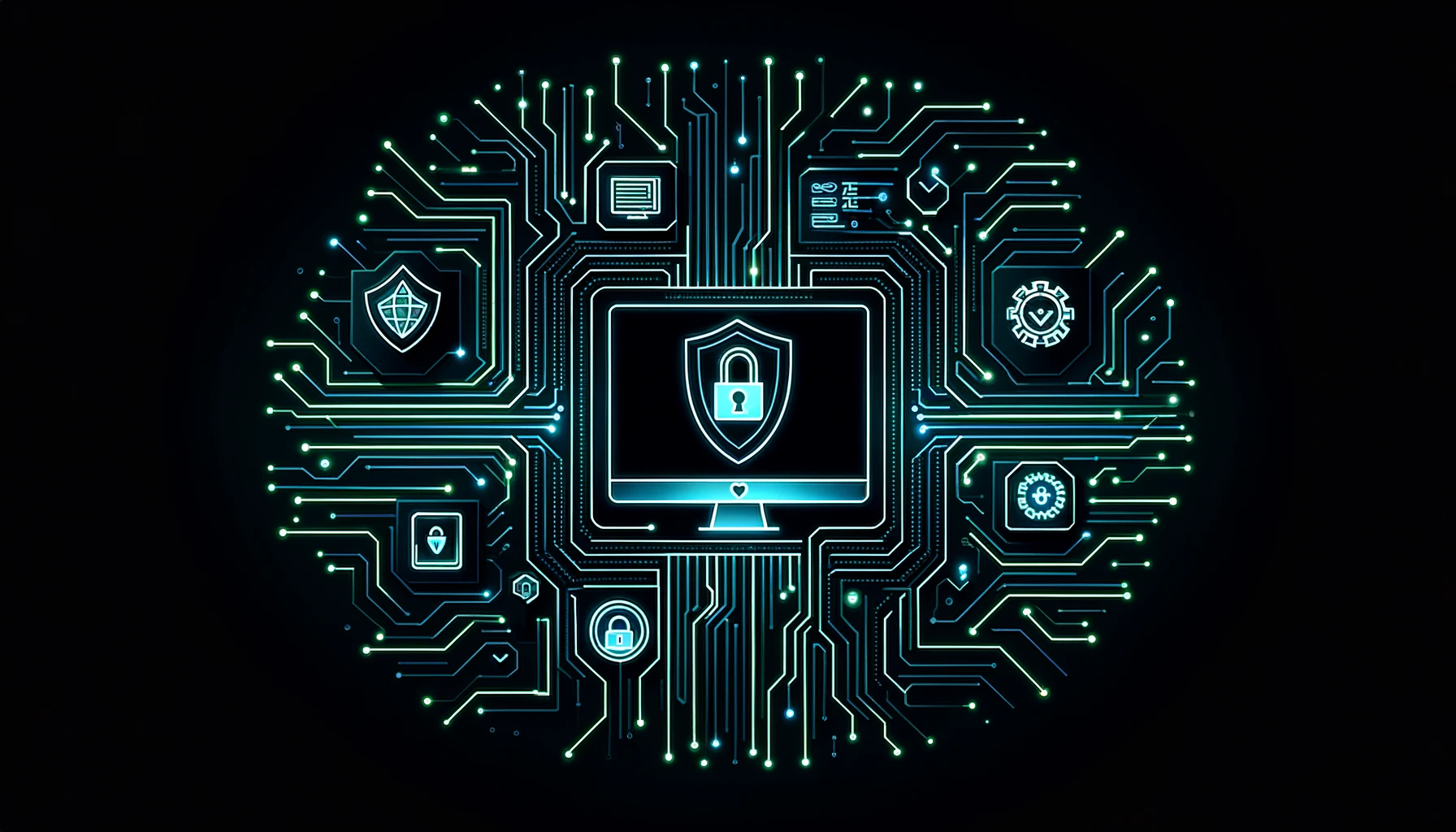Phishing
Phishing
Phishing is a kind of online scam where criminals pretend to be someone you trust to get you to share personal information like passwords, credit card numbers, or other private details. These scams can happen through emails, text messages (smishing), phone calls (vishing), social media, or even fake websites. In 2024, phishing attacks have gotten much smarter. Scammers are using AI to make their messages look real and convincing. They even use deepfake technology and AI-driven attacks to trick people and businesses. This makes it more important than ever to stay alert and use good security practices, like employee training and phishing simulations. To learn more about how phishing simulations can help, check out our services page.
Key Points
- Phishing is a scam where attackers pretend to be trustworthy to steal your information.
- Scammers use emails, text messages, or social media to trick people.
- In 2024, deepfake and AI-driven phishing have made these scams more convincing.
- Regular employee training and multi-factor authentication (MFA) can help keep you safe.
- Always be on the lookout for suspicious messages or unusual requests.
Related Terms
Types of Phishing Attacks
- Email Phishing: These are the classic scams sent through emails that try to get you to click on dangerous links or attachments. Learn more about how these attacks work in our comprehensive guide to phishing.
- Spear Phishing: These are personalized attacks targeting specific people, often higher-level targets like company executives. These are especially dangerous because they can lead to Business Email Compromise (BEC).
- Whaling: A form of spear phishing, but aimed at very important people like CEOs.
- Vishing and Smishing: These are phishing attacks done over phone calls (vishing) or text messages (smishing). To learn more about vishing, check out our vishing article.
- Deepfake Phishing: Attackers use AI to make fake audio or video of trusted people, making their scams even more believable. For more on how AI is used in these scams, visit our AI and phishing article.
2024 Trends in Phishing
- AI-Driven Phishing: Scammers are now using generative AI to create really convincing messages. These AI-generated attacks have gone up by over 200% compared to last year.
- Credential Phishing: This kind of phishing, which tries to steal login details, is still very common in 2024, increasing by 217% according to recent studies.
- Multi-Stage Attacks: Attackers use multiple channels like emails, texts, and social media to create scams that are harder to catch.
For more detailed insights, check out our keynote recap from the ByteSnipers Cybersecurity Summit 2024.
How to Protect Against Phishing
- Employee Training: Giving cybersecurity awareness training to employees can really help reduce phishing attacks. Untrained people are 30% more likely to fall for scams.
- Multi-Factor Authentication (MFA): Adding MFA gives you extra security beyond just passwords. Learn more in our MFA glossary article.
- Email Filtering Tools: Using spam filters can help block phishing emails before they reach you.
- Check Links Carefully: Always look at links before clicking them. Many phishing scams use fake links (called URL spoofing) that look real but are not. URL spoofing involves creating a fake link that closely resembles a legitimate one.
FAQ
Always use up-to-date anti-virus software, be skeptical of unknown emails, and carefully check the URLs in emails.
Change all affected passwords immediately and inform the appropriate institutions, such as your bank or email provider.
Phishing attacks are often well disguised and play on victims' ignorance or trust.




































